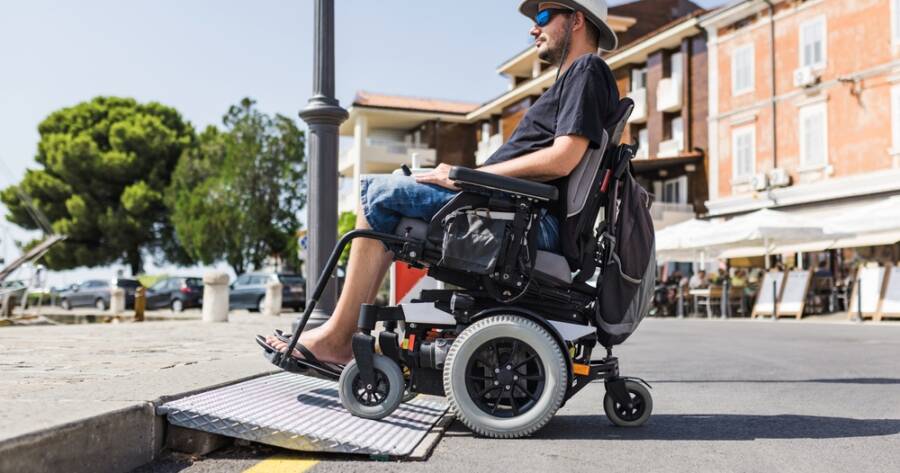Exploring Medicare coverage for powerchairs requires understanding eligibility criteria, cost structures, and documentation requirements. From recent policy updates to the integration of advanced technologies, the process involves navigating timelines and insurance paperwork for successful acquisition. Beneficiaries should learn about coverage limits and aftercare services to ensure accessible and effective mobility solutions.
Is Your Powerchair Covered by Medicare?
Understanding whether a powerchair is covered by Medicare involves navigating complex eligibility criteria and procedural requirements. Power mobility devices, including powerchairs, fall under Medicare’s Durable Medical Equipment (DME) category, contingent on being deemed medically necessary by a qualified practitioner. Eligibility is determined following a face-to-face examination with a healthcare provider, who must issue a Standard Written Order (SWO) prior to delivery for the coverage process to begin.
Eligibility and Documentation Requirements
For Medicare to cover a powerchair, the beneficiary must go through several important steps. Initially, a thorough mobility evaluation is necessary to assess the individual’s capability to operate a powerchair safely. This includes a face-to-face evaluation by a doctor and the submission of a written order to Medicare. The doctor must also consider the patient’s ability to use other mobility aids before confirming eligibility.
Cost Considerations
Medicare Part B financially covers 80% of the powerchair cost once the deductible is met. Meanwhile, the beneficiary is responsible for the remaining 20%, which can sometimes be covered by secondary insurance plans, such as Medigap or Medicaid as part of the insurance coordination. Additional financial relief comes from the option to rent the equipment. Medicare funds 80% of rental costs for up to 13 months, after which ownership is transferred to the user.
Recent Policy Updates and Technological Advancements
Recent developments have expanded Medicare coverage to include seat elevation technology in powerchairs. Previously seen as an accessory, this technology is now recognized for facilitating safer transfers and tasks without muscle strain, thus enhancing user independence within the home under the new CMS policy. This shift reflects CMS’s response to advocacy and public input.
Insurance Processing and Timeframes
The process for obtaining a powerchair through Medicare can typically extend up to 90 days from initial mobility evaluation to delivery. This timeframe is influenced by several variables, including timely submission and processing of physician documentation and insurance authorization paperwork. Factors like these guide the coverage process without causing anticipated delays when followed correctly.
Beyond Basic Coverage
While Medicare covers essential powerchair features needed for home use due to medical necessity, it does not cover upgrades solely for non-medical use outside the home or enhancements aimed at leisure activities. Additionally, Medicare coverage dictates that power wheelchairs must adhere to specific coding requirements verified by the Pricing, Data Analysis, and Coding (PDAC) contractor to ensure compliance.
Aftercare and Support Services
Maintenance is vital for sustaining optimal powerchair performance and includes regular checks of tire pressure and battery charge as outlined by manufacturer guidelines. Nationwide providers often offer comprehensive services, including ongoing technical support and repairs. These post-delivery services, sometimes covered by insurance plans, ensure continued functionality and user support for powerchair users.
Why You Should Learn More About Powerchair Coverage Today
Knowing the intricacies of Medicare coverage for powerchairs is essential for making informed decisions about mobility aids. An understanding of eligibility criteria, recent policy updates, cost structures, and available support services ensures beneficiaries maximize their benefits while maintaining independence and quality of life. Staying informed on evolving Medicare policies and their implications can significantly impact access to necessary medical equipment.
Sources
Medicare Coverage Database on Power Mobility Devices
Medicare Rights on Powerchair Coverage Updates
Universal Med Supply on Obtaining Power Wheelchairs
Medicare’s Official Coverage Information on Wheelchairs and Scooters

